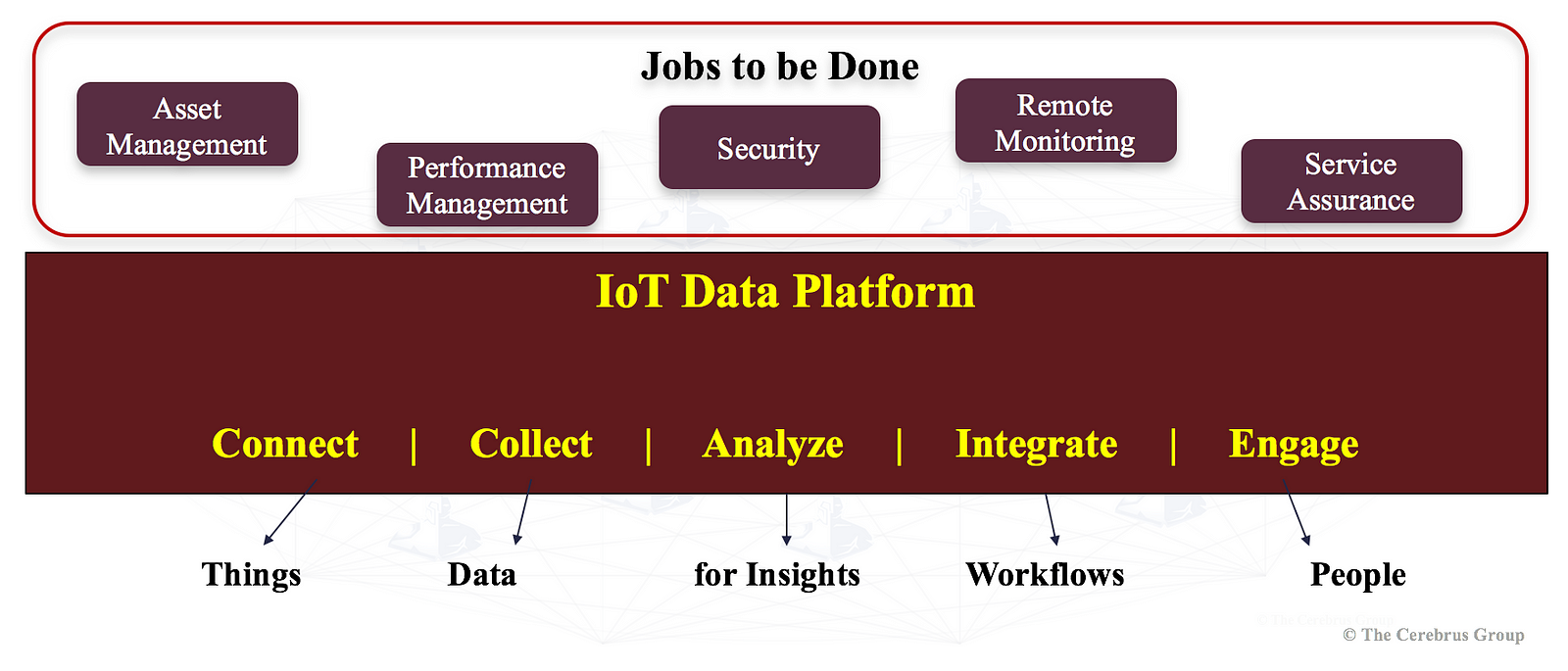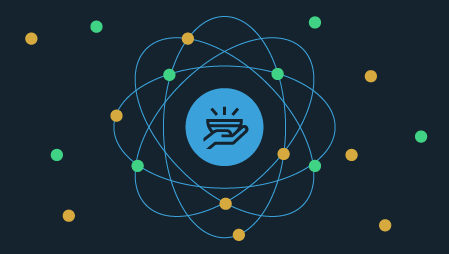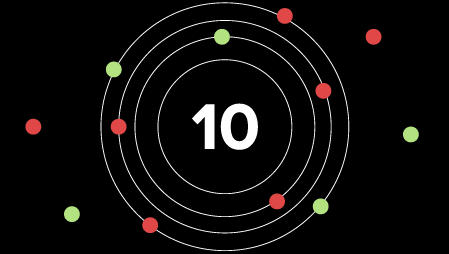Ready to learn Internet of Things? Browse courses like Internet of Things (IoT) Training developed by industry thought leaders and Experfy in Harvard Innovation Lab.
Your business strategy and your customers should dictate how you define what is in your IoT platform.
Your business needs should dictate what your IoT platform is. Not vendor definitions.
They come in all shapes and sizes. Hoards of them. They are called IoT Platforms. They are hard to differentiate. They combine two words that we wax eloquent trying to describe. IoT and Platform.
IoT sits at the intersection of IT and OT. Any IT-centric definition fails to capture OT significance and vice-versa. Hence, rather than provide an academic definition, let me share the practical view of how customers in different industries build and use technology platforms that leverage pervasive connectivity and pervasive computing.
Types of IoT Platforms
>
I have come across IoT platforms that span this gamut:
- Platform for Industries: These platforms deliver functionality that enables vertical-industry specific capabilities. For example, asset performance and utilization management of industrial equipment, healthcare services platform that enables patient monitoring, etc.
- Platform for Business Operations: These are business function specific. Most common is a platform that enables support and maintenance or managed services.
- Platform for Cities: Cities in general look to optimize city operations or citizen services. For them, the services include parking, lighting, garbage collection and so on. So, city services platform (or city digital platform) IT-enable city’s OT assets.
- Software-only Platforms or Data Platforms: These platforms are most typically referred to as “IoT Platforms”. These help with data flow from “things” to business systems and people. Performs analytics and workflow integration.
- Software and Hardware Platform: If you are using ICT hardware and software (e.g. networking and telecommunications equipment in addition to the above software), your platform is a combo. You could add OT hardware (industrial equipment, medical systems) to this and deem it part of your master IoT platform.
The Universal Platform
>
If I were to draw a picture that encompassed all those variations, it would look like this:

 It is an IT+OT Platform, not a platform based on ICT components alone.
It is an IT+OT Platform, not a platform based on ICT components alone.
The variations of platforms is due to excluding the OT tier of the cyber-physical systemfrom the above layers, or by limiting the definition to software alone.
Common Functions in the Platform
>
If we exclude hardware and connectivity challenges and OT systems, we end up with the garden-variety IoT software platform (or IoT Data platform).
It looks like this:
 The Quintessential IoT Platform
The Quintessential IoT Platform
It enables higher-level business function or operational tasks to be performed. Each of the tasks described above could be viewed as its own “platform” such as asset management platform or service assurance platform.
Those variations are task-specific abstractions built on the following five core functions in the IoT software layer:
- Connect: Ensure bi-directional data flow happens between things and other systems. The “Thing” gets provisioned and managed.
- Collect: Collect and manage the data flowing from the “thing”.
- Analyze: Perform simple (e.g. regressions) to complex analysis and AI techniques on the data using streaming data and at-rest data from systems-of-record.
- Integrate: Take actionable information from the data and feed to enterprise workflows (fully-automated or human-augmented). Expose data or services to 3rd party systems via APIs.
- Engage: Deliver data to people. (e.g. notifications, dashboards, approval chains). Let them take action based on the data.
Yes, easier said than done. Lots of middleware-sausage-making goes on to make this possible.
How to Build It?
>
I can visualize companies hiring armies of full-stack developers to build a digital platform. The project gets on the engineering or IT leaderboards both in terms of resources consumed and enterprise-wide visibility, not to mention prestige in being associated with one.
Luckily we don’t have to re-invent and build these capabilities from scratch. Various PaaS offerings have come of age to let us use them to build our business specific platform. The trick is making the right core-vs-context decisions and optimizing the cost of building and operating.
Summary
>
Salvation comes in many forms. So do IoT platforms.
Your business strategy and how you serve your customers by combining IT and OT dictates how you define what is in your IoT platform. You can then make informed choices and select components for that IoT platform from the plethora of options out there.
In 2017, may you create your own definition of an IoT platform. May this be the last IoT platform post you read about!
Originally published at iot for all



